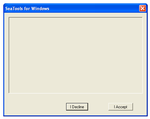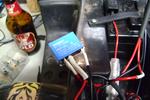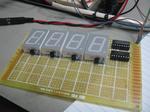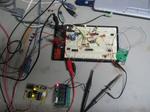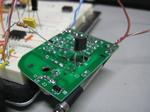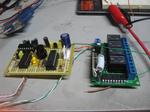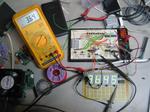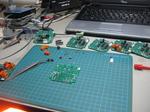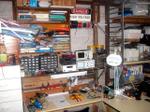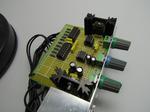May Already?!
Kel had lot to do today so I looked after the Kids. If only I could get them to dig in their sand pit and not in the dirt.
I showed Liam an episode of The Mysterious Cities Of Gold, both he Emily were GLUED to it. The Mysterious Cities of Gold is a cartoon that was on when I was little in the late 80s. I used to like it alot. Liam even said that he likes it better than BEN 10!
I had some time today to build an ICSP attachment for programming 18 pin pics. My JDM serial programmer doesn't seem to cut it any more. I designed the link cable from the ICD2 so that it fits the headers on the attachments for the JDM so I can now do 18, 28 and 40 pin pics. The JDM has become unreliable for some reason, I have trouble verifying the code once it's written - and it takes aaages to write. The ICD2 takes only a few seconds.
I built up another MAX232CPE serial prototype circuit on the breadboard for my next round of tinkering with the 16f88. Although, tonight I did manage to get the UBW firmware D (USB CDC) to compile after lots and lots of messing around on and off over the past few weeks. If I can get that built and the bootloader then I can go direct to USB rather than serial. I have a Sparkfun UBW with the 18f4550 on it and also two 18f2550s for breadboard work.
The workflow using the ICD 2 is going to be different. I am used to pulling the chip out of circuit to program it. The next target is to test the ICD functionality - I've never tried it before.
I added mod_python to apache on my server at home so I can play with Django. I went through the first two parts of the tutorial and it was pretty cool (using the dev server). Under mod_python the paths are screwy - I must have misconfigured it. Will go back to it later! Oh - the built in dynamic admin functionality is just awesome. It takes so much crap work out of putting up the back end of a site - forms, fields, validation etc etc (all the tedious stuff)













